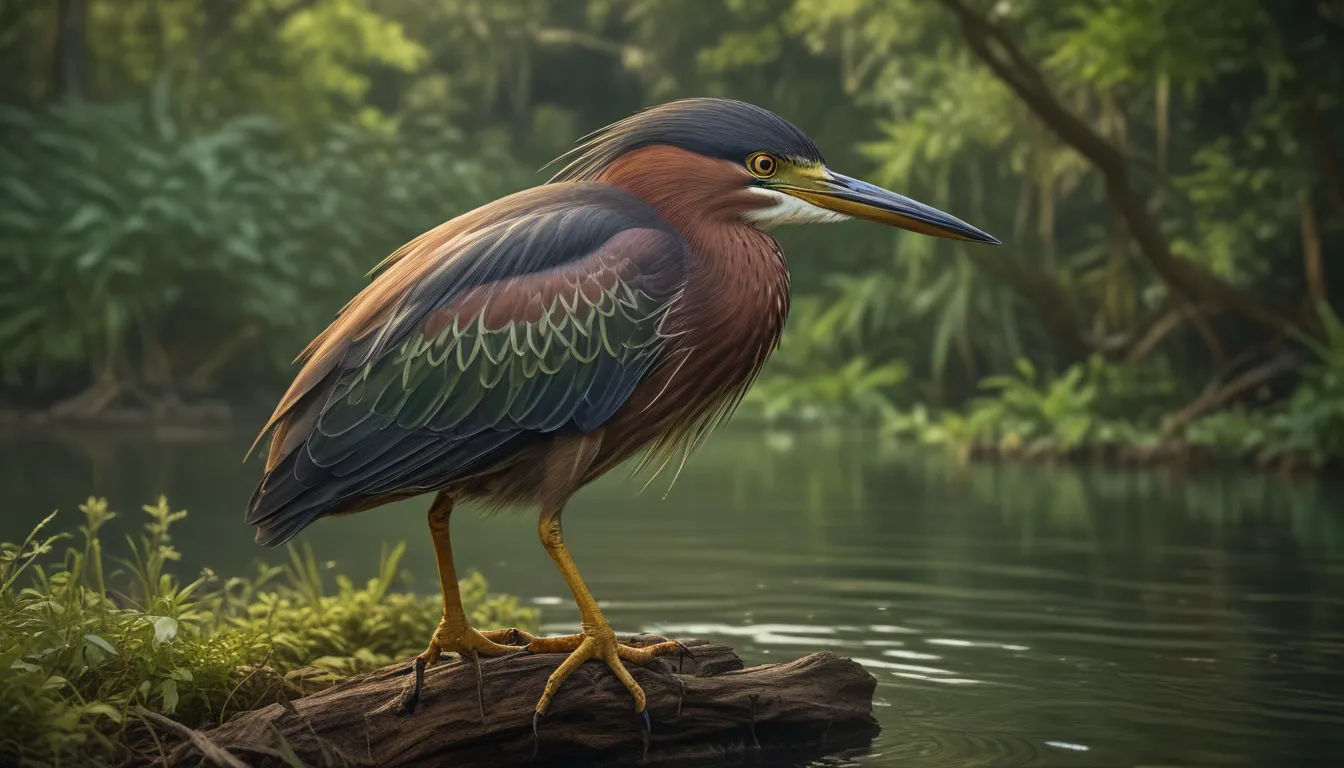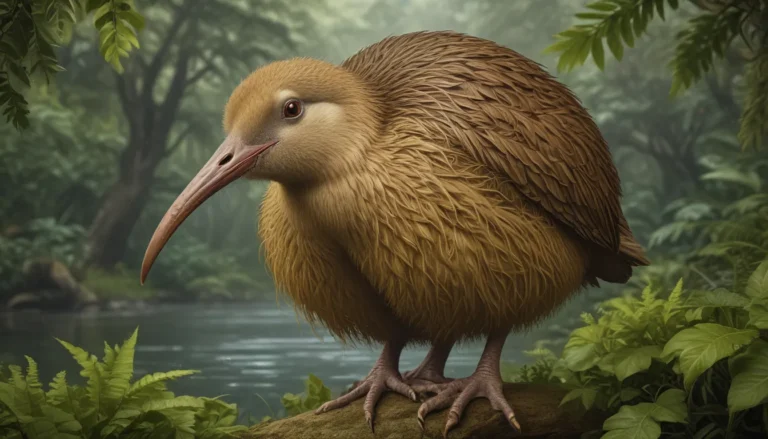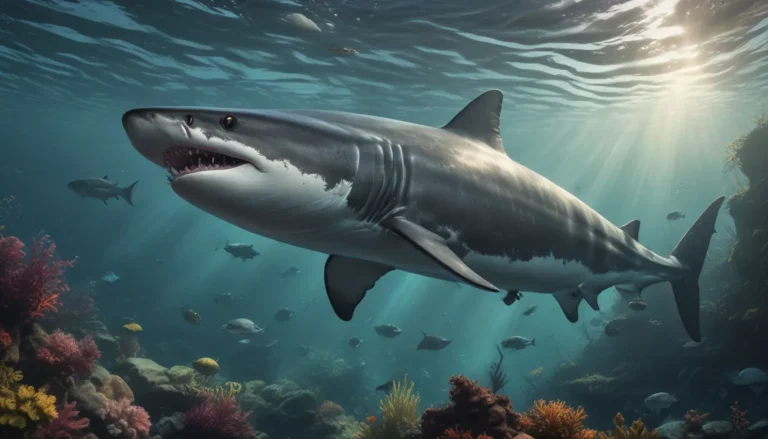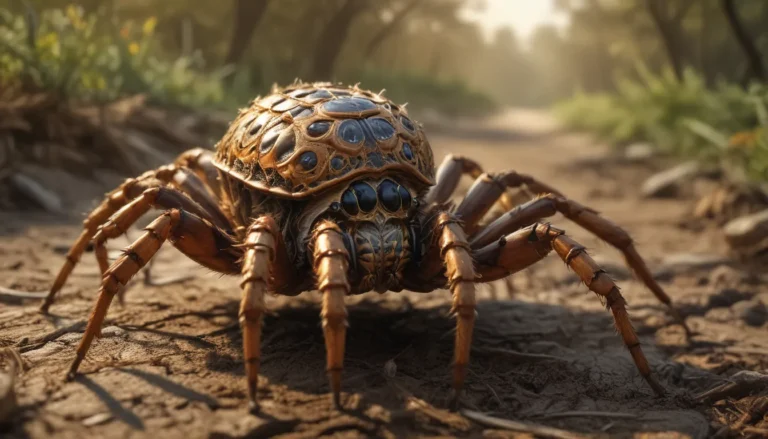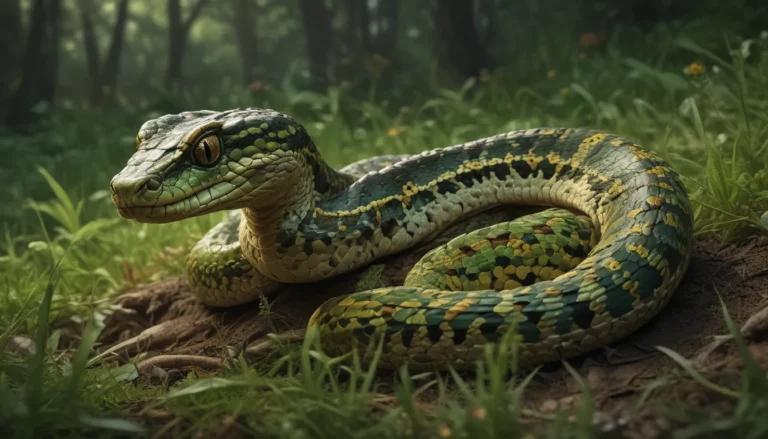The pictures we use in our articles might not show exactly what the words say. We choose these pictures to make you interested in reading more. The pictures work together with the words but don’t take their place. The words still tell you the important facts.
If you’ve ever found yourself captivated by the sights and sounds of nature, chances are you’ve come across the enigmatic green heron. With its striking appearance and intriguing behaviors, this small wading bird never fails to pique the curiosity of bird enthusiasts and casual observers alike. In this article, we will delve into the captivating world of the green heron, uncovering 11 fun and fascinating facts that showcase its unique characteristics and remarkable adaptations. Whether you have a passion for birdwatching or simply appreciate the wonders of the natural world, prepare to be amazed by the hidden secrets of the green heron!
Unveiling the Mysteries of the Green Heron:
- Green herons are masters of stealth, blending seamlessly into their surroundings with their vibrant greenish plumage and distinctive crest.
- These intelligent birds employ unique fishing techniques, using tools and bait to lure their prey within striking distance.
- Green herons are skilled at camouflaging themselves, making it difficult for predators and prey alike to spot them.
- Their adaptability allows them to thrive in diverse habitats, from freshwater and saltwater marshes to urban parks and streams.
- Green herons exhibit remarkable nesting behaviors, constructing intricate nests in dense shrubs or trees near water sources.
- Despite their solitary nature, green herons are known for their territorial behavior and fierce defense of their feeding grounds.
- Their diet primarily consists of small fish and crustaceans, but they are opportunistic feeders, consuming a variety of aquatic creatures.
- Green herons are excellent problem solvers, showcasing their ingenuity and adaptability in various situations.
- During the breeding season, green herons undertake long-distance migrations, traveling to North and Central America to nest and raise their young.
The Fascinating World of the Green Heron:
Small and Secretive:
The green heron may be small in size, measuring approximately 16-18 inches in length with a wingspan of 26 inches, but its secretive nature and stealthy hunting abilities make it a formidable predator. With its greenish-black plumage and distinctive crest, the green heron can easily blend into its surroundings, making it a challenge to spot in the wild.
Unique Fishing Techniques:
Unlike other heron species that rely on patience and stealth to catch their prey, green herons are more active hunters. They employ a variety of tactics to attract fish, such as dropping insects or small objects onto the water's surface to lure their unsuspecting victims closer. Once the fish is within striking distance, the green heron uses its sharp beak to seize its meal with precision.
Skilled Tool Users:
One of the most remarkable traits of the green heron is its ability to use tools to aid in hunting. These intelligent birds have been observed using bait, such as bread crumbs or insects, to attract fish to the water's surface. By dropping the bait and patiently waiting for the curious fish to approach, green herons demonstrate their clever tactics and resourcefulness in securing a meal.
Remarkable Camouflage Abilities:
The green heron's plumage is not just for show – it serves a crucial purpose in camouflaging the bird and helping it evade detection. Whether perched on vegetation, tree branches, or floating debris, the green heron blends seamlessly with its surroundings, making it nearly invisible to predators and unsuspecting prey. This effective camouflage is a key survival strategy for these elusive birds.
Adaptable Habitat Choices:
Green herons are true masters of adaptation, thriving in a wide range of habitats that provide access to water and an abundance of food. From freshwater and saltwater marshes to swamps, ponds, streams, and even urban parks, green herons can be found in diverse environments across North and Central America. Their ability to thrive in these varied landscapes is a testament to their resilience and flexibility as a species.
Nesting Behaviors:
When it comes to nesting, green herons exhibit impressive skills in construction and protection. These birds build their nests using sticks, twigs, and vegetation, often selecting dense shrubs or trees near water sources for optimal safety. The nest is carefully crafted to provide cover and protection for their eggs and chicks, shielding them from potential predators and harsh weather conditions.
Solitary Lifestyle:
While green herons may nest in colonies with other heron species, they are predominantly solitary birds when it comes to hunting and foraging. Known for their territorial behavior, green herons fiercely defend their feeding grounds from intruders and competitors. This solitary lifestyle allows them to focus on securing food and protecting their nesting sites with unwavering dedication.
Diverse Dietary Preferences:
Green herons are opportunistic feeders, consuming a wide variety of small aquatic creatures in addition to their primary diet of fish. From frogs and tadpoles to insects and small crustaceans, green herons have a diverse palate that reflects their adaptability and resourcefulness in finding food. Their long necks and sharp beaks enable them to snatch their prey with remarkable precision and efficiency.
Vocalizations and Communication:
In addition to their impressive hunting skills, green herons are known for their unique vocalizations that play a crucial role in communication. Alongside the typical heron calls, green herons produce a distinctive "kyow" or "skeow" sound during courtship displays and territorial disputes. These vocalizations vary in intensity and pitch, conveying specific messages to other members of their species with remarkable clarity.
Problem-Solving Abilities:
Green herons have demonstrated impressive problem-solving skills in various studies, showcasing their intelligence and adaptability in overcoming challenges. From using tools to retrieve food placed out of reach to experimenting with innovative hunting tactics, green herons exhibit a high level of cognitive complexity that sets them apart from other bird species. Their ability to adapt and find creative solutions to obstacles highlights their resourcefulness and ingenuity in the face of adversity.
Long-Distance Migrations:
During the breeding season, green herons can be found in North and Central America, where they nest and raise their young. However, these remarkable birds undertake extensive migrations, traveling to regions as far as northern South America during the non-breeding season. The ability to navigate long distances and adapt to changing environments underscores the resilience and endurance of green herons as they follow their migratory instincts.
Embracing the Wonders of the Green Heron:
In conclusion, the green heron is a truly fascinating and enigmatic bird that never fails to inspire awe and curiosity. From its vibrant green plumage to its ingenious hunting tactics and remarkable adaptations, the green heron offers a glimpse into the captivating world of avian diversity. Whether you're exploring wetlands, riversides, or urban parks, keep an eye out for the green heron and marvel at its extraordinary feats of survival and adaptation in the natural world.
As you delve deeper into the world of the green heron, you'll discover a wealth of intriguing insights and fascinating facts that shed light on its unique characteristics and behaviors. By understanding the secrets of this remarkable bird, you'll gain a greater appreciation for the wonders of nature and the diversity of life that thrives in our ecosystems. So take a moment to connect with the beauty and complexity of the green heron, and let its captivating presence remind you of the magic that surrounds us every day.
Frequently Asked Questions About the Green Heron:
Q: Where can the Green Heron be found?
A: The Green Heron can be found across North and Central America, as well as parts of the Caribbean. They prefer wetland habitats, such as swamps, marshes, and riversides.
Q: How does the Green Heron hunt for its food?
A: The Green Heron uses a variety of hunting techniques, including standing still and patiently waiting for fish or other prey to come close. They may also use lures, such as feathers or twigs, to attract prey within striking distance.
Q: What does the Green Heron eat?
A: The Green Heron primarily feeds on fish, but it also preys on insects, crustaceans, frogs, and small reptiles.
Q: How does the Green Heron camouflage itself?
A: The Green Heron has excellent camouflage skills. It can stretch its neck and fold it into an S-shape, making it appear like a stick or branch. Additionally, its green plumage blends perfectly with the leaves and branches of its surroundings.
Q: How long can the Green Heron stay underwater?
A: The Green Heron is capable of staying underwater for a few seconds to catch its prey. However, it primarily hunts by waiting on branches or logs near the water's edge.
Q: Are Green Herons social birds?
A: Green Herons are generally solitary birds, but they may nest in colonies with other heron species.
Q: Can the Green Heron fly long distances?
A: While the Green Heron is not known for its long-distance flights like some migratory birds, it is capable of flying several miles to find suitable breeding grounds and feeding areas.
Q: How does the Green Heron communicate?
A: The Green Heron uses a range of vocalizations, including squawks and croaks, to communicate with other members of its species.
Q: How long does it take for Green Herons to reach maturity?
A: Green Herons typically reach maturity and start breeding between the ages of one and two years old.
Q: How long do Green Herons live?
A: On average, Green Herons live for around 7-15 years in the wild.
Q: Are Green Herons endangered?
A: Green Herons are considered a species of least concern by the IUCN Red List, meaning they are not currently at risk of extinction.
Exploring the Boundless Beauty of Nature:
At the core of our mission lies a dedication to delivering engaging and reliable content that enlightens and educates our readers. Each fact we share is a testament to the diverse insights contributed by real users like you, ensuring a rich tapestry of knowledge and information that is both informative and inspiring. With a steadfast commitment to upholding the highest standards of accuracy and authenticity, our team of editors meticulously reviews each submission to guarantee the reliability and credibility of the facts we present. Trust in our unwavering dedication to quality and authenticity as you embark on a journey of discovery and exploration with us.
